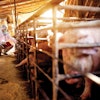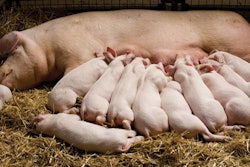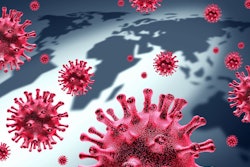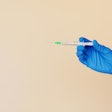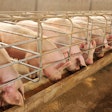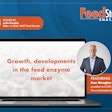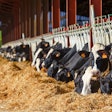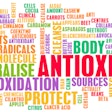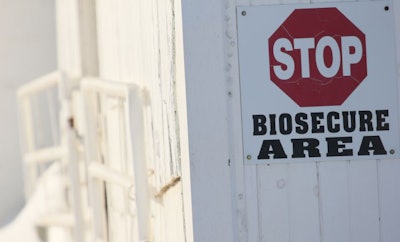
Biosecurity plan, combined with feed mitigants, can lower risk of bacteria and viruses
While the novel coronavirus (COVID-19) pandemic has altered the lives of people around the world, it is still important to keep in mind viruses that affect animals, experts say.
Brad Lawrence, Ph.D., technical manager at Novus International Inc., and Andrew Yersin, Ph.D., senior vice president of worldwide quality assurance and monogastric technical services at Kemin Industries Inc., discussed ways to prevent and control pig diseases on April 23 as part of the Feed Strategy Webinar Series, presented by WATT Global Media.
“If you had asked us a year ago what would we be focusing on, it would have been predominantly around African swine fever,” Lawrence said. “Little did we know, a year later, one of the biggest disruptions to the pork industry is actually a human-affected coronavirus, COVID-19. But we still have to focus on our viruses that are of importance to pig health.”
As always, they said, a feed biosecurity plan is key to mitigating the risk of disease in pigs, and the people executing that plan are important as well.
“The plan is there to provide an enhanced level of biosecurity, but do the employees and the people responsible for its implementation really feel that they have the responsibility and the accountability to make sure that the plan is adhered to?” Lawrence said.
Including other people outside of the feed mill in the biosecurity plan can be helpful, he added.
“Sometimes in a feed mill or in our ingredient purchasing, the best people who can help us with that are the veterinarians, but they have not traditionally played an important role in feed biosecurity, per se.”
Other industry professionals and customers can also offer valuable input.
“Supplier relationships have become more important in the last year or two, particularly from a risk assessment and mitigation standpoint,” Lawrence said. “What steps are suppliers taking that they might be sourcing an ingredient or a component of a product from either a specie, a country or a region that has a high likelihood of some foreign animal disease or other pathogen?”
Yersin agreed that a good biosecurity plan has many components.
“It’s not one thing; it’s a program,” he said. “You have to look at, No. 1, the biosecurity that you have in place. You have to then look at where you’re getting ingredients. You have to look at your suppliers, you have to look at your herd security and make sure it’s a total package.”
Potential sources of pathogens
Referring to data from Cassandra Jones, undergraduate research coordinator in the Department of Animal Sciences & Industry at Kansas State University, Lawrence demonstrated how workers have a higher potential to bring pathogens into a feed mill than feed or feed ingredients.
For example, 92% of samples from workers’ shoes tested positive for fecal-indicating bacteria or viruses, while only 23% of finished feed did. Also on the high end were the receiving pit (89%) and floors and walkways (87%), while ingredient samples (27%) were at the lower end.
“Finished feed was the lowest risk, if you just looked at the feed sampling,” Lawrence said. “Ingredients were similar to the finished feed. Slightly higher risk was feed contact surfaces, but then … the receiving pit, brooms and shovels in the feed mill, floors and walkways and worker shoes were all at the highest risk of potentially being a route where fecal-indicating bacteria or viruses could be introduced. But these are also areas that we can take steps to reduce this as a risk of introduction of potential pathogens into the feed supply.”
Those steps include ensuring workers enter a facility wearing clean clothes and shoes, periodically cleaning and sanitizing floors, keeping the receiving pit covered, and using separate brooms, shovels and other tools for clean and dirty areas on opposite sides of the line of separation.
Feed and ingredient risk
While research shows the number of feed and ingredient samples that tested positive for bacteria and viruses was relatively low, the risk of transmission is high because animals directly consume that feed. And some ingredients have a higher risk than others.
Research showed “that a number of ingredients are at high risk for a persistence of viruses in complete feed,” Lawrence said. “Soybean meal is of particular concern because it allowed for survival of African swine fever, (porcine epidemic diarrhea virus) and also the (porcine reproductive and respiratory syndrome) virus.”
Lawrence and Yersin said there are feed mitigants that reduce the risk of pigs becoming infected by viruses or bacteria in feed.
To find out the full details of the research behind these strategies, view the webinar, “How to prevent, control pig diseases with feed additives” on demand.
